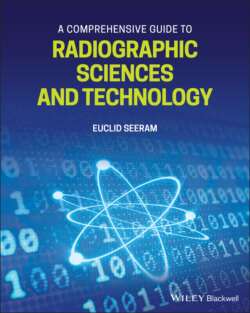Читать книгу A Comprehensive Guide to Radiographic Sciences and Technology - Euclid Seeram - Страница 22
Quality control
ОглавлениеQC is an essential activity of all medical imaging departments and it is part of a QA program. QA deals with people and includes the administrative aspects of patient care and quality outcomes. QC addresses the technical aspects of equipment performance used to image patients. QA and QC programs have evolved into what is now referred to as Continuous Quality Improvement (CQI) which includes Total Quality Management (TQM). CQI was introduced by the Joint Committee on Accreditation of Healthcare organizations (JCAHO) to stress the importance that all employees play an active role in ensuring a quality product. The purpose of the procedures and techniques of CQI, QA, and QC is threefold: to ensure optimum image quality for the purpose of enhancing diagnosis, to optimize the radiation dose to patients and reduce the dose to personnel, and to reduce costs to the healthcare facility.
An effective QC program consists of at least three major steps, namely acceptance testing, routine performance, and error correction. While acceptance testing is the first major step in a QC program and it ensures that the equipment meets the specifications set by the manufacturers, routine performance involves performing the actual QC test on the equipment with varying degrees of frequencies (annually, semi‐annually, monthly, weekly, or daily). Error correction means that equipment not meeting the performance criteria or tolerance limit established for specific QC tests must be replaced or repaired to meet tolerance limits. These limits include both qualitative and quantitative criteria used to assess image quality. For example, the tolerance for collimation of the x‐ray beam should be ±2% of the SID.
QC for DR has evolved from simple to more complex tests and test tools to assure that the DR equipment is working properly to meet optimum image quality standards and fall within the ALARA philosophy in radiation protection. The American Association of Physicists in Medicine (AAPM) has recommended that several testing procedures for CR QC, using specific tools developed for CR QC. A few examples of these test procedures include physical inspection of IP, dark noise and uniformity, exposure indicator (EI) calibration, laser beam function, spatial accuracy, erasure thoroughness, aliasing/grid response, positioning and collimation errors, to mention a few.
QC is now an essential requirement of CT imaging and requires that users have a clear understanding of the various tests that play a significant role in dose‐image quality optimization.
